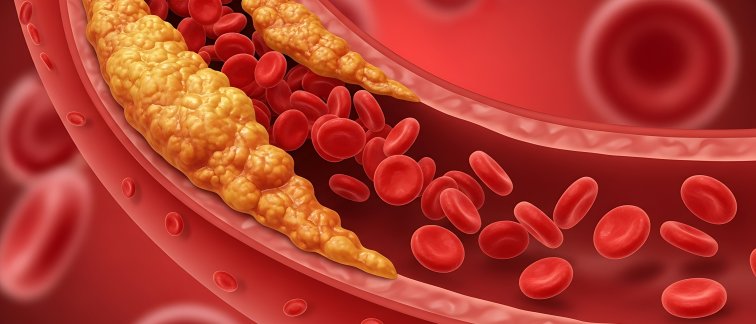A new international study, published in Nature Cardiovascular Research, has uncovered a crucial role for the gene PRDM16 in regulating smooth muscle cell (SMC) identity and atherosclerotic plaque composition. The findings, published in collaboration with leading institutions including the University of Pennsylvania, Columbia University, University of Virginia, Mayo Clinic, and TU Munich, open new avenues for cardiovascular research and therapy.
Cell Identity Shift
Blood vessels contain SMCs that can change their identity in response to stress or disease. In atherosclerosis, some SMCs switch to a synthetic state—migrating, proliferating, and producing connective tissue that stabilizes plaques. This cellular transformation is a key factor in plaque development and vulnerability.
PRDM16’s Central Role
Josephine Tan, research fellow at the department of Physiology and Cardiothoracic Surgery, identified PRDM16 as a pivotal regulator that prevents SMCs from adopting the synthetic phenotype. Loss of PRDM16 caused SMCs to spontaneously acquire synthetic features, even in the absence of disease triggers. Under atherosclerotic conditions, this led to plaques rich in fibrotic, synthetic cells. Conversely, increasing PRDM16 levels in SMCs was sufficient to block all major aspects of the phenotype switch. This demonstrates that PRDM16 acts as a gatekeeper, controlling SMC fate and directly influencing plaque composition and stability.
Significance of SMCs
This work underscores the significance of SMCs, a cell type often overlooked in cardiovascular research, in determining plaque composition and vulnerability. “Our findings highlight the central role of smooth muscle cells in shaping atherosclerotic plaques and suggest that targeting SMC identity could be a promising strategy to better understand and treat cardiovascular disease,” says Josephine Tan. “This work forms the basis for a new research line at Amsterdam UMC, where we will further explore how modulating smooth muscle cell identity can impact not only atherosclerosis, but also other cardiovascular diseases such as thoracic and abdominal aneurysms.”

International collaboration
This breakthrough was achieved through a large-scale partnership with top cardiovascular research centers. The collaborative effort highlights the importance of global cooperation in advancing our understanding of heart and vascular diseases.
Photo: Adobe stock

